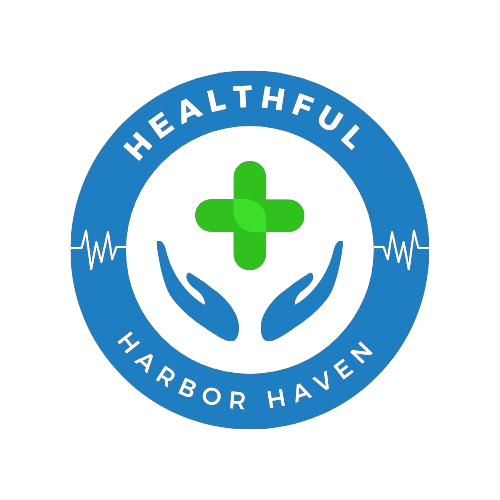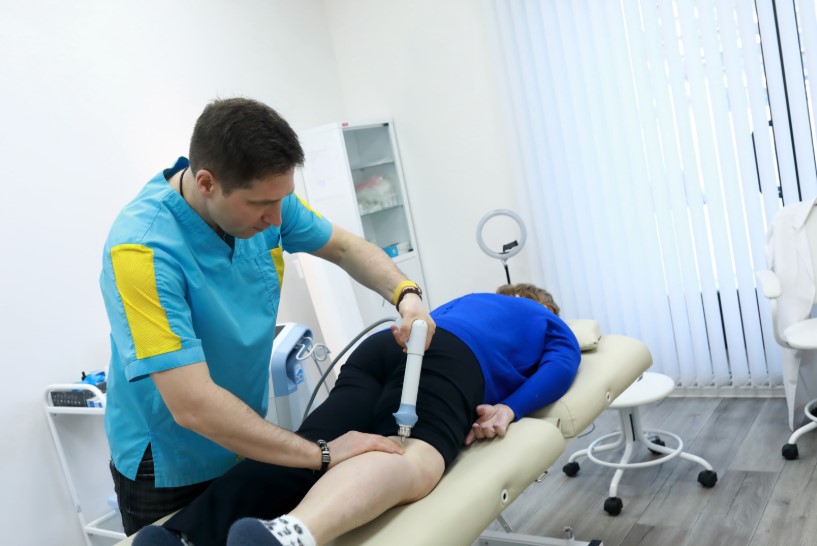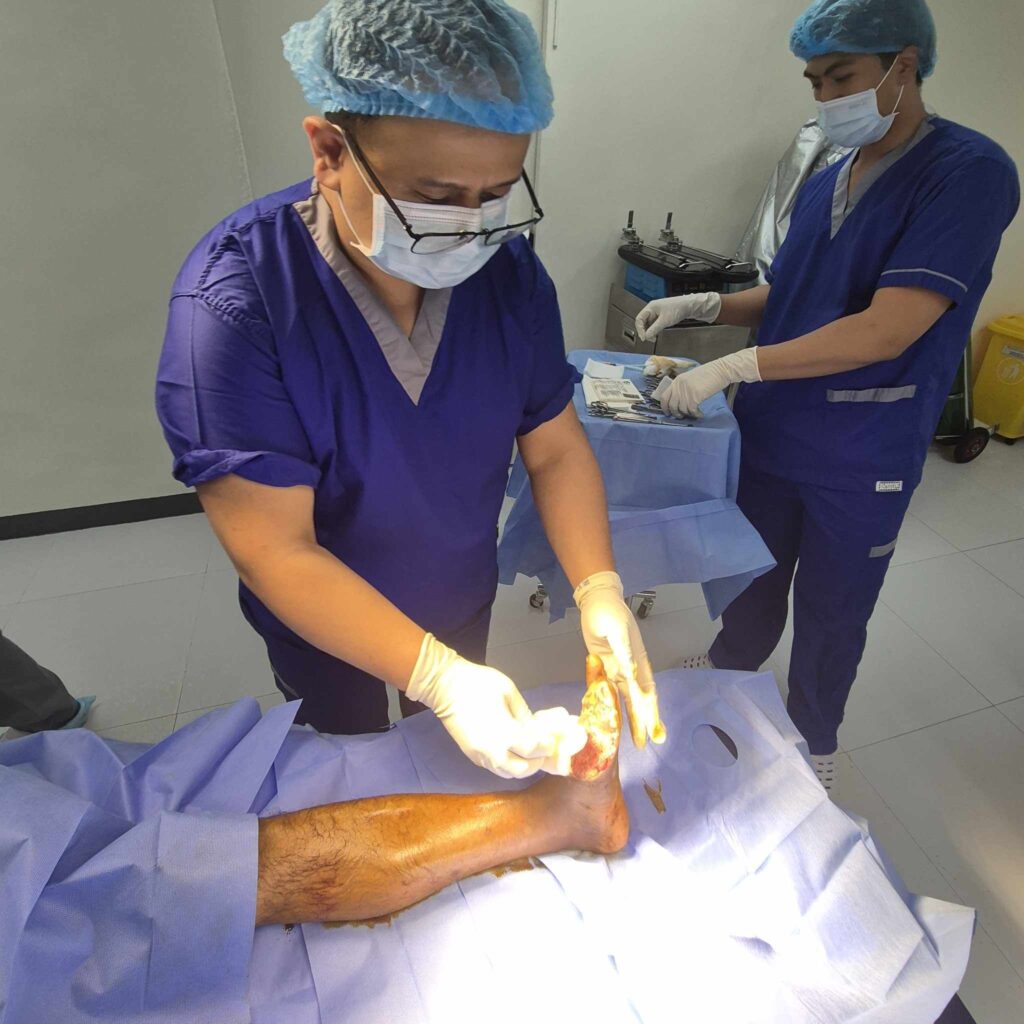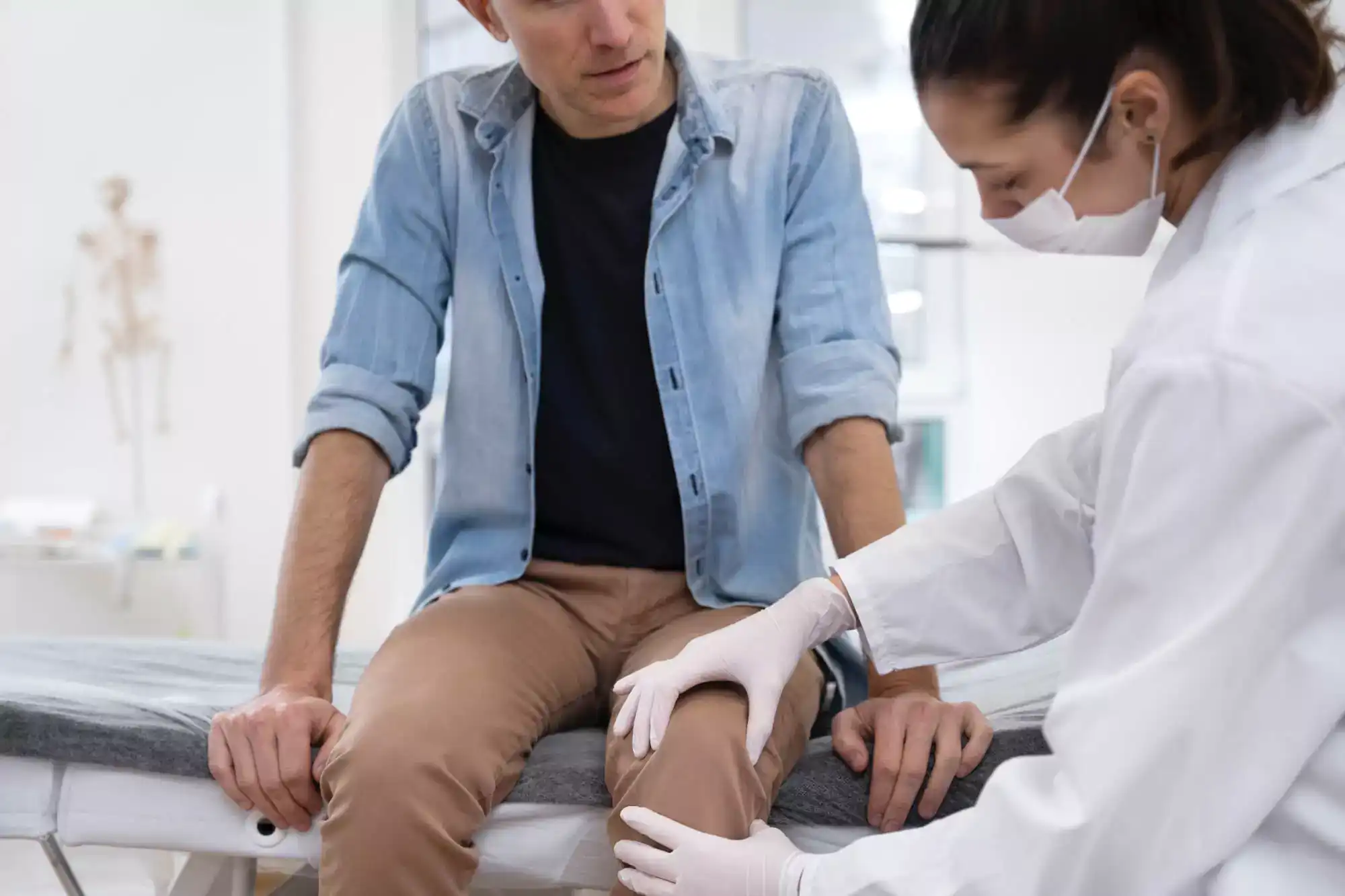Understanding Shockwave Therapy is the first step toward effective pain management and improved mobility. This non-invasive treatment has gained popularity among physical therapists and patients alike for its ability to accelerate healing, reduce pain, and restore function in musculoskeletal injuries. Knowing what to expect during your first Shockwave Therapy session can help ease any anxiety and prepare you for a smooth, beneficial experience.
What Is Shockwave Therapy and How Does It Work?
Shockwave Therapy uses high-energy acoustic waves to stimulate tissue regeneration and increase blood flow in affected areas. This stimulation promotes natural healing processes in tendons, ligaments, and muscles. There are two main types: radial Shockwave Therapy, which spreads energy over a broader area, and focused Shockwave Therapy, which targets specific deep tissue spots. Shockwave Therapy is ideal for treating chronic tendon pain, plantar fasciitis, tennis elbow, and other soft tissue injuries, offering a drug-free and non-surgical alternative for pain relief.
Preparing for Your First Shockwave Therapy Session
Proper preparation can maximize the benefits of Shockwave Therapy. Patients should wear comfortable clothing that allows easy access to the treatment area. It is generally recommended to avoid anti-inflammatory medications prior to the session, as they may interfere with the body’s natural healing response. During your first appointment at Osteopractic Physical Therapy of Central Indiana, a licensed physical therapist will conduct a thorough assessment, review your medical history, and determine the optimal treatment plan tailored to your specific needs.
Step-by-Step: What Happens During the Session
Your first Shockwave Therapy session is carefully structured to ensure comfort and effectiveness. The therapist applies a conductive gel to the treatment area, allowing the shockwave device to deliver energy smoothly. The handpiece of the device emits acoustic waves, producing a tapping or pulsating sensation. While some patients may experience mild discomfort, the intensity is adjusted according to tolerance levels. Sessions typically last between 10 to 20 minutes, depending on the severity of the condition and the size of the treatment area.
Is Shockwave Therapy Painful? What Sensations to Expect
Many patients are concerned about pain during Shockwave Therapy, but most describe the sensation as tolerable pressure or tapping. The therapist will adjust the intensity to ensure comfort while still promoting tissue regeneration. Unlike invasive procedures, Shockwave Therapy does not require anesthesia, and discomfort is usually brief. Any soreness after the session typically resolves within 24 to 48 hours, making it a convenient and manageable option for pain relief.
Aftercare and Recovery: What Happens Next
After your first Shockwave Therapy session, it is normal to experience mild redness or soreness in the treated area. Patients are encouraged to stay hydrated, rest, and avoid strenuous activity for a short period. Improvements are often gradual, with most individuals noticing increased mobility and reduced pain after several sessions. A typical treatment plan involves weekly sessions for 3 to 6 weeks, depending on the condition and patient response. Following aftercare instructions from Osteopractic Physical Therapy of Central Indiana ensures the best outcomes.
Common Myths and Misconceptions About Shockwave Therapy
Shockwave Therapy is often misunderstood, with some believing it provides instant results or is excessively painful. While it is highly effective, improvements usually occur gradually as the body’s natural healing processes are stimulated. Another misconception is that Shockwave Therapy is only for athletes; in reality, anyone suffering from chronic tendon or soft tissue pain can benefit from this treatment.
Key Benefits of Shockwave Therapy
Shockwave Therapy offers multiple advantages over traditional pain treatments. It accelerates tissue repair, reduces chronic pain, and promotes long-term healing without surgery or medications. Patients can maintain an active lifestyle with minimal downtime. Shockwave Therapy is particularly effective for persistent tendon injuries, plantar fasciitis, shoulder pain, and muscle trigger points. Choosing a skilled provider like Osteopractic Physical Therapy of Central Indiana ensures precise application, professional guidance, and optimal recovery.
Why Choose a Certified Provider or Orthopedic Specialist
Selecting a certified provider is crucial for safe and effective Shockwave Therapy. Professional evaluation ensures the treatment is targeted correctly, intensity is properly adjusted, and the patient receives personalized care. Osteopractic Physical Therapy of Central Indiana stands out for its expertise, state-of-the-art equipment, and dedication to patient comfort, making it the ideal choice for individuals seeking non-invasive pain relief and mobility restoration.
Takeaway
Shockwave Therapy provides an innovative, effective approach to managing chronic pain and promoting natural healing. Patients can expect a carefully guided session with manageable sensations, immediate feedback from the therapist, and a structured aftercare plan to optimize recovery. Consulting with experienced professionals at Osteopractic Physical Therapy of Central Indiana ensures a safe, personalized experience and maximizes the benefits of Shockwave Therapy.
FAQ Section
Q1: How long does a Shockwave Therapy session last?
A: Most sessions last between 10 to 20 minutes, depending on the size and severity of the treatment area.
Q2: Is Shockwave Therapy safe for everyone?
A: Shockwave Therapy is generally safe, but a licensed physical therapist will evaluate your condition to ensure it is appropriate.
Q3: How soon can I resume exercise after treatment?
A: Light activity is usually safe, but patients should avoid strenuous exercise for 24–48 hours following the session.
Q4: How many sessions are needed for results?
A: Typical treatment plans involve 3 to 6 weekly sessions, though this may vary based on individual needs.
Q5: Does Shockwave Therapy require downtime?
A: Minimal downtime is needed, with only brief soreness or redness in the treated area for a day or two.











